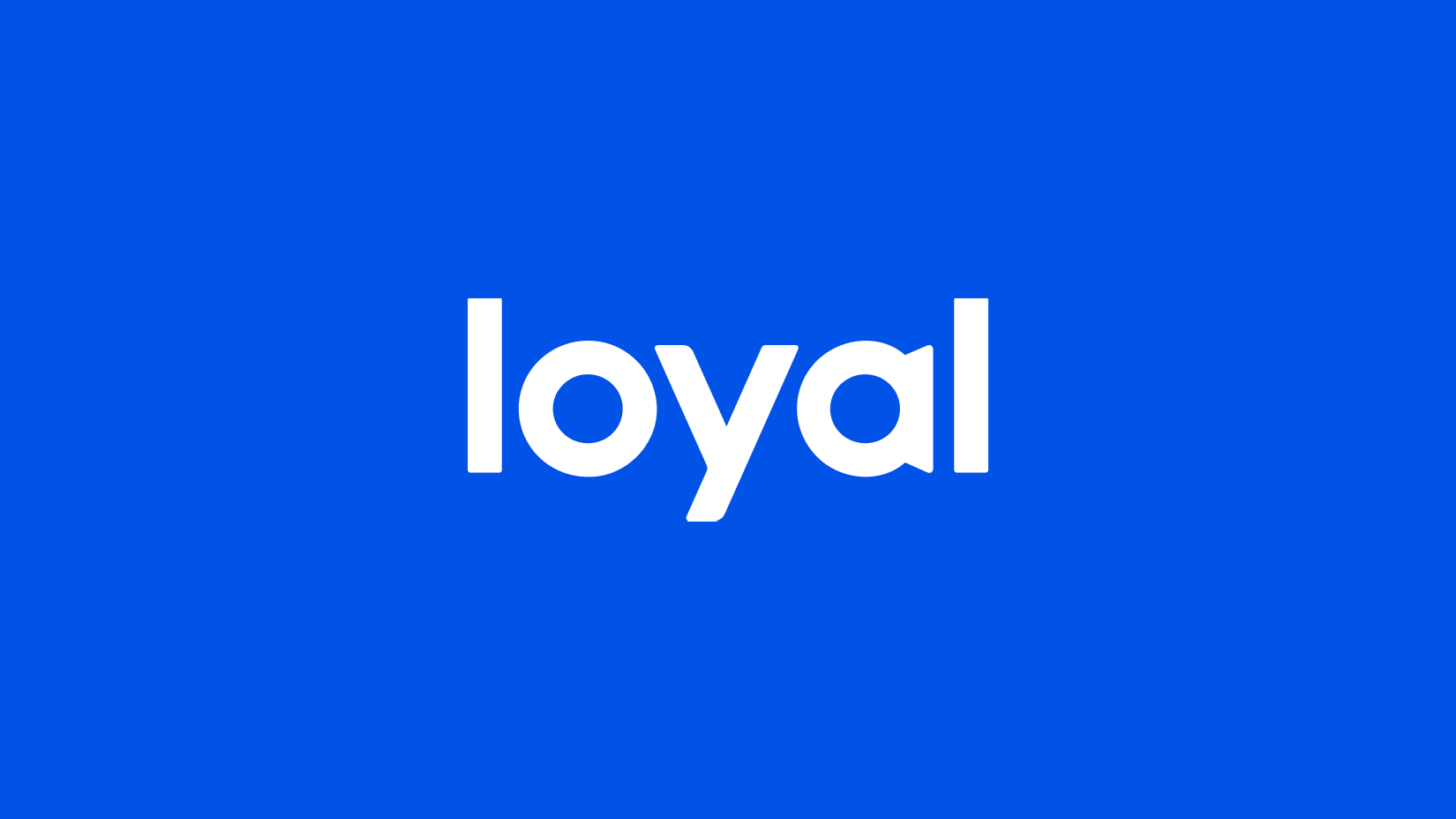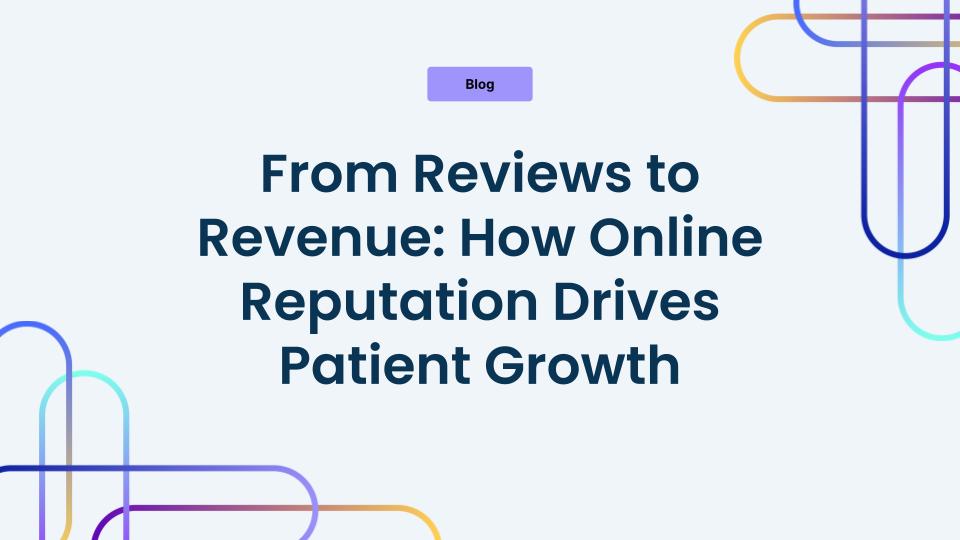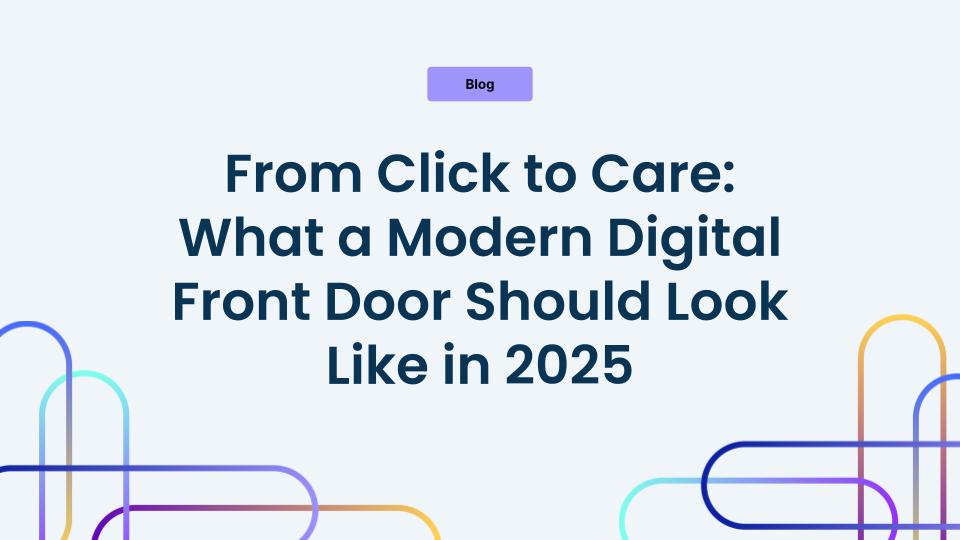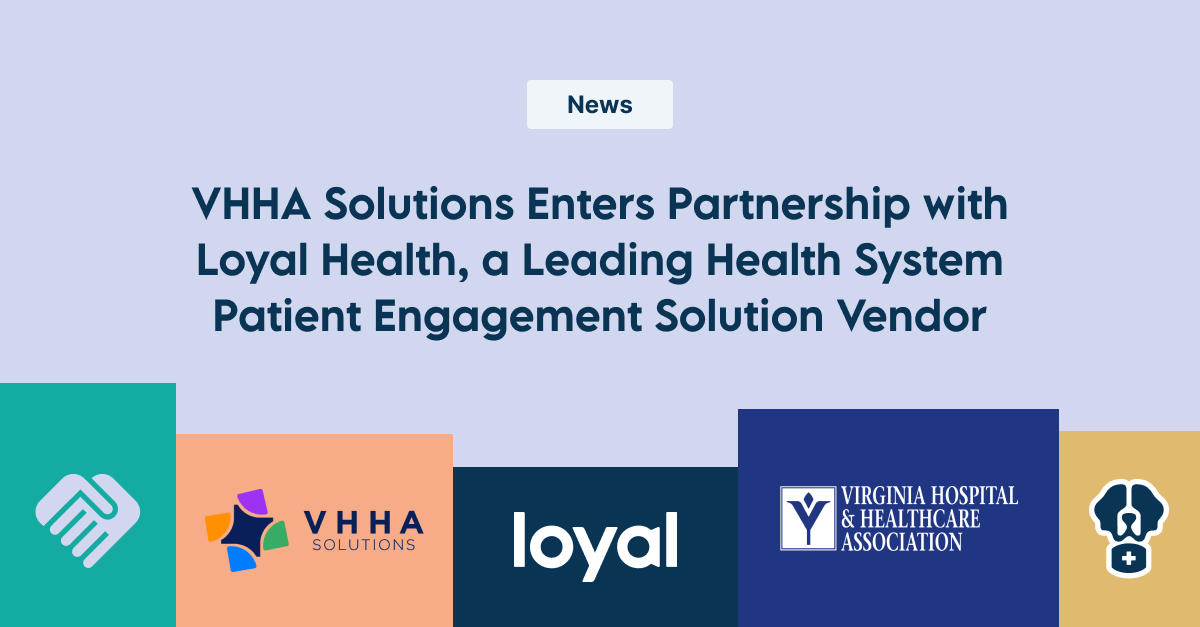There’s a lot of value to reap from personalized, flexible chatbots that learn as they converse with your consumers – but how do you prove Return on Investment (ROI)?
Following is a list of four Key Performance Indicators (KPIs) to help you confirm the value of your chatbot investment, along with some current data research to support the value of chatbot utilization overall:
1. Cost Savings
Not surprisingly, saving money is an important marker of ROI. Forrester reports that 69% of companies saw decreased operational costs with the implementation of personalized AI-based chatbot solutions, 62% saw more productive customer service agents, and 24% saw an increase in agents who can work on tasks related to improving the overall customer experience.
Here are some specific examples of KPIs to measure that translate to cost savings with a chatbot:
- Reduce cost per interaction: For chatbots and live chat, the cost-per-chat is less than the cost-per-call-center interaction.
- Reduce call hold times: Consumers and patients are less likely to abandon phone calls when hold times are short, and fewer customers are lost overall.
- Increase revenue-generating calls: Chat can handle simple FAQ-type queries, so call centers can focus on potential new patients, leading to increased revenue.
- Lower anticipated acuity: Acuity is defined by Taber’s Medical Dictionary as “the severity of a hospitalized patient’s illness and the level of attention or service he or she will need from professional staff.” Lowering acuity means patients can be more proactive on the front end, rather than reactive – e.g., utilizing healthcare triage assessments in a chatbot session, versus going to the ER immediately, saving health system resources.
2. Conversions
Whether you want your patients to make an appointment or pay a bill, action matters. Patients who can find and access billing and scheduling information easily are more likely to act (or convert), so the more personalized the experience for them, the better. IDC’s FutureScape report explains that AI-based technology, like chatbots, created to anticipate consumers’ needs versus responding to them, result in more consumer engagement with a health system’s online presence, paving the way for more conversions.
When evaluating chatbot ROI, look at these conversion indicators:
- Completion of forms: Forms can be completed for a number of reasons, from appointment requests to job opportunities to newsletter sign-ups, or even after completing a health risk assessment on the site.
- Scheduling online appointments: Making appointments to visit a clinic or hospital is simpler with chatbot help, and tracking conversion rates will show that your patients think so, too.
- Paying bills online: Simplifying the process for patients to locate and pay bills online means increased revenue and increased patient satisfaction.
3. Operational Efficiency
Health systems need to be efficient, and so do their websites. IDC reports that Care Anywhere, Personalized Care, and AI-Driven Predictive Care will all see increases by 20-70% from 2023-2025 and beyond. In the healthcare world, as consumers and patients look to do more virtually, investing in the right technology now to communicate with them, where they are, makes good sense.
Forrester’s study of 100 different enterprises found that 91% said automated actions based on customer responses were important to customer service success. In that same study, 88% said providing real-time insights to agents so they can quickly solve consumer questions is very important to customer service success.
The good news is chat platforms can successfully boost operational efficiency in several specific, measurable ways that provide ROI, including:
- Enhanced agent flexibility & responsiveness : Agents can handle several calls at once, offering timely service to consumers while making their own output more efficient. As an example, instead of talking to one consumer on the phone, an agent can field two or more chats at a time. Chat also supports remote team operation, so agents can work and help consumers from anywhere.
- Increased automation: Artificial Intelligence (AI) can automate 90-95% of chatbot interactions, freeing up staff to handle other, bigger tasks, and giving consumers answers right when they need them.
- Increased conversions that support your bottom line: With live chat, hospitals can now handle more patient interactions on a daily basis. This helps patients get information faster, drives appointment volume, bill pay collection, and can support an organization that’s growing (adding hospitals/clinics) without adding additional call center staff.
- Improved website optimization data: Chat platforms are naturally designed to gather data from visitors. That data can be analyzed to better understand what patients are looking for and what questions they have, so you can better serve their needs and pinpoint areas on your site that need updates.
4. Satisfaction
Satisfied, happy patients lead to loyal patients. Forrester reports companies that choose to embrace conversational AI technologies, like personalized chatbots, will lead to more satisfied customers and patients. The report found that personalized customer interactions with AI-based technology increased customer satisfaction by 55% and increased customer loyalty by 51%.
Consider these examples of ways that chat can improve satisfaction across the board – not just for patients, but for clinical staff and administration, too:
- Streamline communication: Chat can provide a self-service communication channel to patients, available to them wherever they are, 24/7.
- Gather feedback: Chat platforms collect valuable input about the quality of patients’ chat experiences and where there’s room for improvement.
- Offer Instant Answers: Chat allows patients and customers to receive answers to important questions without the wait, so they feel secure in the knowledge that your healthcare system is offering them the information they need, when they need it.
- Initiate Service Recovery: If a patient had a poor interaction, chat can enable the hospital to identify and make amends for it.
Chat platforms can help health systems provide successful, cost-effective customer service and communication, end-to-end. Understanding which KPIs are relevant and important to your health system is the first step in understanding the value that a chat platform can provide, from increasing patient satisfaction, operational efficiency, and conversions, to creating cost savings overall. Read here about how UCLA Health used chat platforms to help inform and assist their community, during and after the COVID-19 pandemic, taking full advantage of the Loyal system’s flexiblity.
IDC’s Futurescape Worldwide Healthcare 2022 Predictions report summary can be found here.
Forrester’s Prioritize Personalization When Choosing Conversational Chatbot Platforms To Reap Rewards report can be found here.




